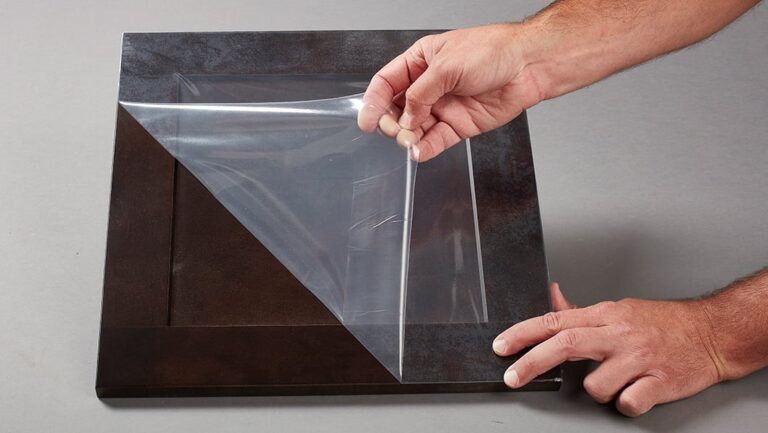Key Applications of Inorganic Pigments in Industrial and Artistic Projects

Inorganic pigments play a vital role in both industrial and artistic applications, providing vibrant and durable colors that withstand environmental and chemical stress. Unlike organic pigments, inorganic pigments are mineral-based, offering superior stability, heat resistance, and lightfastness. Their versatility makes them essential for a wide range of products, from architectural coatings to fine art supplies. For those looking to source high-quality pigments, Inorganic Pigments offer a reliable solution for consistent and long-lasting coloration.
Understanding Inorganic Pigments
Inorganic pigments are derived from naturally occurring minerals or synthesized metallic compounds. Common examples include titanium dioxide (white), iron oxide (red, yellow, and brown), chromium oxide (green), and ultramarine (blue). Their chemical composition provides enhanced durability compared to organic pigments, allowing them to maintain their color and opacity over time. This property is especially important in projects where longevity and resistance to fading or chemical interactions are critical.
Industrial Applications of Inorganic Pigments
The robust properties of inorganic pigments make them highly valuable in various industrial sectors.
1. Paints and Coatings
In the paint and coatings industry, inorganic pigments are prized for their resistance to UV light, chemicals, and weathering. Architectural paints, automotive coatings, and industrial finishes often incorporate pigments like titanium dioxide and iron oxide to achieve long-lasting, uniform color. Their opacity ensures effective coverage with minimal material use, improving both efficiency and aesthetics.
2. Plastics and Polymers
Inorganic pigments are widely used in plastics to provide vibrant, heat-resistant, and chemically stable coloration. From consumer products like toys and household items to technical applications such as pipes and automotive components, these pigments ensure consistent color retention even under harsh conditions. Their compatibility with a variety of polymer matrices allows manufacturers to maintain high product quality.
3. Ceramics and Glass
High thermal stability makes inorganic pigments ideal for ceramics, glass, and porcelain. Pigments such as cobalt oxide and iron oxide can withstand the high temperatures of firing processes without degrading. This ensures vibrant, consistent coloration in tiles, pottery, glassware, and enamel applications, making them indispensable in decorative and functional art pieces.
4. Printing Inks
Printing inks require pigments that can provide uniform color and resist fading over time. Inorganic pigments offer excellent opacity and stability, which is essential for high-quality packaging, signage, and other printed materials. Their chemical inertness ensures that colors remain true even when exposed to light, moisture, or solvents.
Artistic Applications of Inorganic Pigments
Artists have long relied on inorganic pigments to achieve rich, enduring colors in their work.
1. Fine Arts
Traditional painting techniques, including oil, watercolor, and acrylic painting, benefit from the durability of inorganic pigments. Pigments like ultramarine, chromium oxide, and cadmium-based colors allow artists to create works that retain their vibrancy for decades, resisting fading and yellowing. The opacity and color intensity of these pigments make them ideal for layering, glazing, and mixed-media techniques.
2. Sculpture and Decorative Arts
In sculpture, ceramics, and other decorative art forms, inorganic pigments provide reliable coloring that withstands environmental factors and handling. Artists working with clay, plaster, or resin often incorporate pigments to enhance aesthetic appeal while ensuring longevity. High-temperature firing processes, common in ceramics, also rely on inorganic pigments for stable, heat-resistant coloration.
3. Restoration and Conservation
Inorganic pigments are frequently used in the restoration of historical artworks and architectural elements. Their stability and resistance to chemical reactions make them suitable for repairing frescoes, murals, and antique ceramics, allowing conservators to preserve original colors without introducing fading or degradation over time.
Advantages of Inorganic Pigments
- Durability: Inorganic pigments maintain color under exposure to light, heat, and chemicals.
- Opacity: High coverage ensures uniform appearance with minimal material use.
- Versatility: Suitable for multiple mediums, including paints, plastics, glass, ceramics, and inks.
- Safety: Many modern inorganic pigments are non-toxic and comply with environmental regulations.
Conclusion
Inorganic Pigments are indispensable in both industrial and artistic applications due to their exceptional durability, chemical resistance, and color stability. From manufacturing paints, plastics, and ceramics to creating long-lasting artworks and decorative projects, these pigments ensure consistent, high-quality results. By understanding the properties and applications of inorganic pigments, manufacturers and artists alike can achieve products and artworks that maintain their beauty, functionality, and vibrancy over time.






